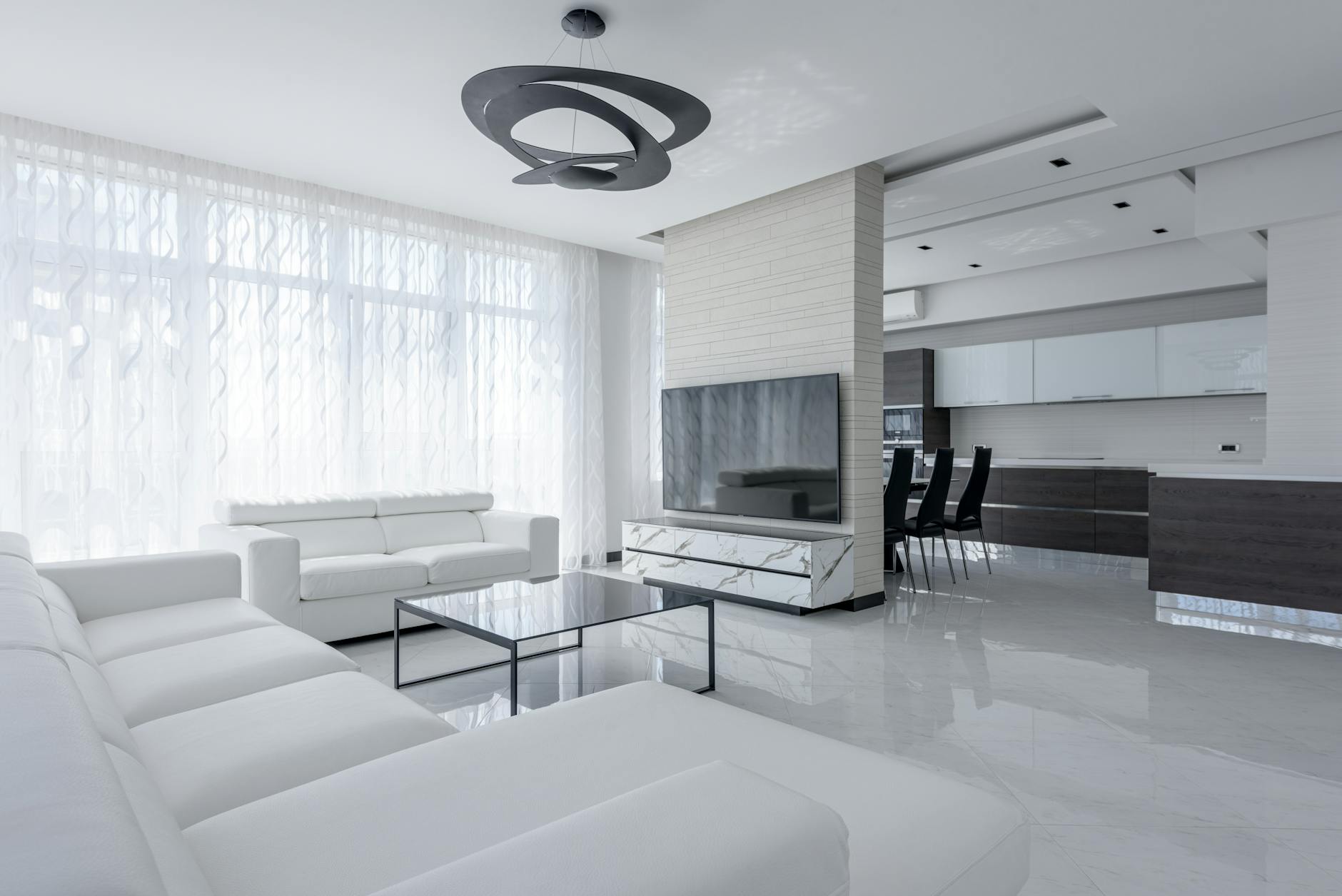We often overlook the humble light bulb, a seemingly insignificant detail in our homes. However, choosing the right light bulb can significantly impact everything from your energy bills to your mood and even your health. Let’s delve into the world of illumination and discover why selecting the perfect bulb matters more than you think.
Understanding Light Bulb Types
The market offers a dizzying array of light bulbs, each with its own strengths and weaknesses. From traditional incandescent bulbs to energy-efficient LEDs and CFLs, understanding the differences is crucial. Incandescent bulbs, while warm and familiar, are notoriously inefficient. CFLs (Compact Fluorescent Lamps) offer better energy savings, but contain mercury and can take time to reach full brightness. LEDs (Light Emitting Diodes), on the other hand, are the most energy-efficient option, boasting a longer lifespan and diverse color temperatures. 
Color Temperature: Warm, Cool, or Neutral?
The color temperature of a light bulb, measured in Kelvin (K), affects the ambiance of a room. Lower Kelvin values (2700K-3000K) produce a warm, yellowish light, ideal for living rooms and bedrooms. Higher Kelvin values (5000K-6500K) create a cool, bluish light, often preferred for kitchens and bathrooms. Neutral light (3500K-4100K) falls somewhere in between, offering a balanced and versatile option. Choosing the right color temperature depends entirely on your personal preference and the intended atmosphere of the space. 
Brightness: Lumens Over Watts
Forget about watts; lumens are the true measure of a light bulb’s brightness. Watts indicate energy consumption, while lumens indicate the amount of light produced. Higher lumens mean brighter light. Consider the size of the room and its intended use when choosing the appropriate lumen level. A small bathroom might only need a 400-lumen bulb, while a large living room might require 1000 lumens or more. Consult this helpful guide for lumen recommendations.
Lifespan: How Long Will Your Bulb Last?
LEDs significantly outperform incandescent and CFL bulbs in terms of lifespan, often lasting for 25,000 hours or more. This translates to years of use without the hassle of frequent replacements. While the initial cost of an LED bulb might be higher, the long-term savings in replacement costs make it a worthwhile investment. Learn more about the lifespan of various bulb types to make an informed decision.
Energy Efficiency: Saving Money and the Planet
Energy-efficient lighting directly impacts your energy bills and reduces your carbon footprint. LEDs are the clear winners in this category, consuming significantly less energy than other options. By switching to LEDs, you’ll not only save money on your electricity bills but also contribute to a more sustainable future. Check out government resources on energy-efficient lighting options.
Dimmability: Setting the Mood
Dimmable bulbs offer greater control over the ambiance of a room. They allow you to adjust the brightness to suit different occasions and moods, from bright task lighting to soft, relaxing illumination. However, not all bulbs are dimmable; make sure to check the packaging before purchasing.
Smart Bulbs: Technology Meets Illumination
Smart bulbs offer a range of advanced features, including remote control, voice activation, and color-changing capabilities. They allow you to customize your lighting experience to your exact preferences and automate lighting schedules for added convenience. 
Choosing the Right Bulb for Different Rooms
The ideal light bulb will vary depending on the room. Kitchens and bathrooms benefit from bright, cool-toned light, while living rooms and bedrooms are better suited to warmer, softer illumination. Consider the function of the room and choose a bulb that complements its purpose. [IMAGE_4_HERE]
Choosing the right light bulb might seem like a small detail, but its impact is far-reaching. By understanding the various types, features, and considerations discussed above, you can illuminate your home more efficiently, effectively, and aesthetically. Make informed choices to create the perfect atmosphere and save money along the way.
Frequently Asked Questions
What is the difference between lumens and watts? Lumens measure brightness, while watts measure energy consumption.
Are all LED bulbs dimmable? No, not all LED bulbs are dimmable. Check the packaging to ensure dimmability if needed.
How long do LED bulbs typically last? LEDs typically last for 25,000 hours or more.
What color temperature is best for a bedroom? Warmer color temperatures (2700K-3000K) are typically best for bedrooms.
Are smart bulbs worth the extra cost? Smart bulbs offer convenience and control, making them worthwhile for some homeowners, but not necessarily essential for everyone.





